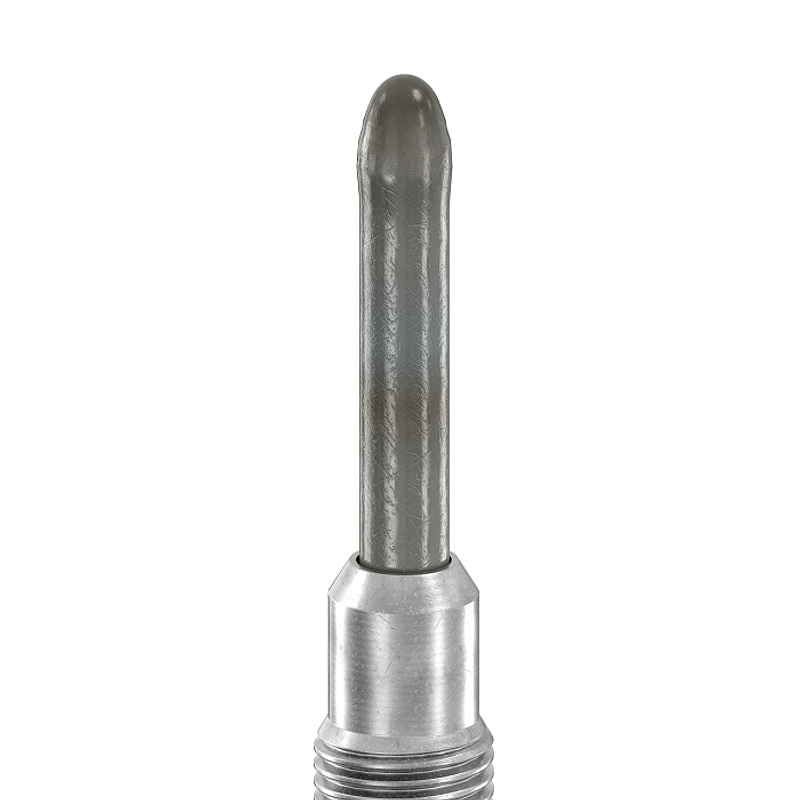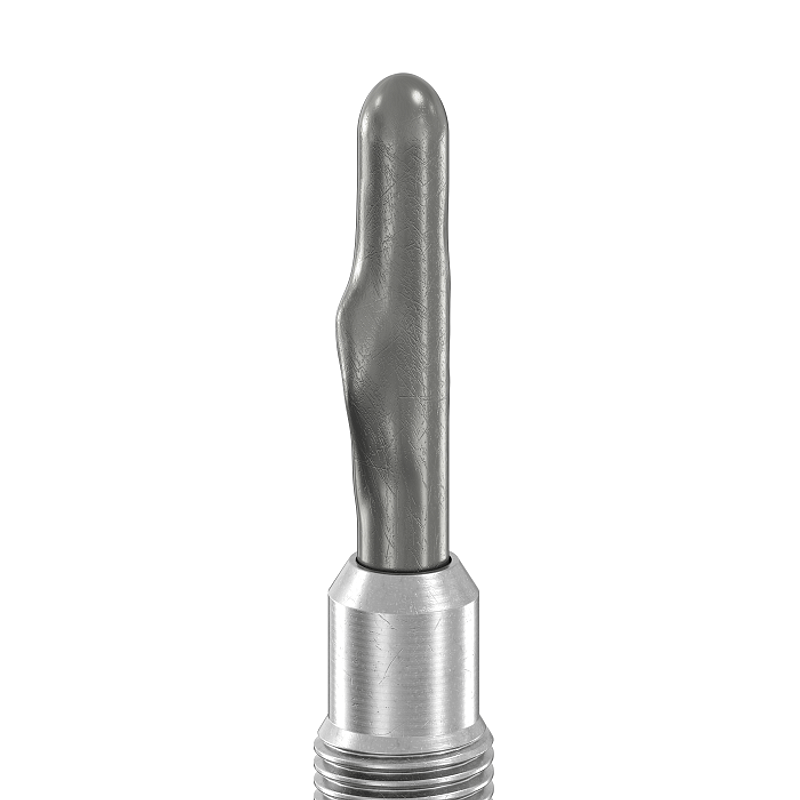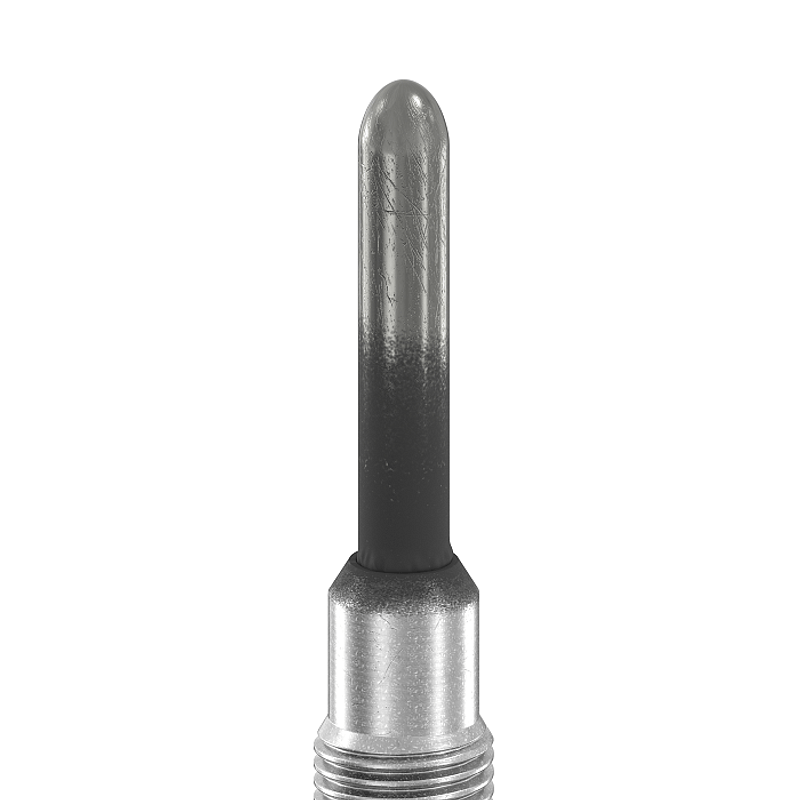Glow plug fault finding and installation
Fault finding
As a general rule, the majority of glow plug failures are caused by excessive voltage and/or heat. Although designed to operate between 850 to 1,100 degrees centigrade, when the electrical current to the glow plug is held too long, because of a faulty relay and/or controller, it can lead to overheating, which will cause the glow plug to swell, split or burst and result in immediate failure. Therefore, before replacing a failed glow plug, it is advisable to check the entire electrical ignition system to identify the underlying fault. Overly advanced injection timing, leaky injectors, or diesel running in the engine will cause the combustion temperature to increase too much, which can also damage the glow plugs. So, finding faults quickly will help to minimise engine damage.
What are the most common symptoms of a glow plug fault?
- An engine warning light is the first indicator that there could be a fault in the glow plug or heat temperature sensor
- Difficulty in starting the engine, especially in cold conditions, is an indication that the glow plugs aren’t warming up quickly enough
- If the engine starts to misfire, it is an indicator that the combustion process isn’t working properly, which could involve a fault with the glow plug or fuel injection system
- If, when idling, the engine starts to produce white smoke from the exhaust, it could indicate that the glow plugs have burned out
- Conversely, black smoke coming from the exhaust, or an increase in fuel consumption, can both also be indicators of glow plug faults
What are the most common glow plug faults?

Enlarged probe tips caused by excessive voltage passing through the plug

Broken probe tips, also caused by excessive voltage

Swollen probe tips, caused by oil in the combustion chamber, generally due to engine wear

Holes, cracks or probe melting, which can be caused by a variety of problems, including a failure in the ignition unit

Carbon present on the tip, usually caused by unburnt fuel, leading to carbon accumulation on the tip/body of the glow plug

A missing probe, caused by a failure in the glow plug relay, or the glow plug being insufficiently tightened during installation

Bent or broken power terminal, caused by overtightening during installation
Failure in the glow plug relay can lead to excess voltage being provided to the glow plug, thus overheating the probe and initiating cracks
Installation
As stated earlier, ensuring any faults are identified and rectified before undertaking the correct installation of the replacement glow plug, will help to maintain their performance for a longer lifetime.
What is the correct way to install DENSO glow plugs?
- Use an appropriate wrench and socket for the glow plug and terminal
- When replacing the glow plug, make sure that any oil, dirt or debris etc. on the outside of the old glow plug, does not enter the cylinder
- Before inserting the new glow plug, clean the engine side of the flange and the top of the thread on the cylinder head and then, once the two screw threads are correctly in line, tighten it by hand until it cannot be tightened any further
- Finally, use a torque wrench to tighten the plug accurately to the torque specified by the VM
Additional installation advice
- DO NOT USE A THREAD LUBRICANT! If a thread lubricant such as grease is coated on the thread, the resistance between the glow plug and the cylinder head will be reduced, which will result in overtightening
- Tightening beyond the specified torque value could easily damage the glow plug, or worse still, the cylinder head, which will result in a costly engine repair
Range and availability
The OE quality glow plugs in the DENSO Aftermarket range provide the independent service and repair sector with a comprehensive range of replacement options for the vast majority of the European vehicle parc and is widely available from its distribution partners across Europe.
Further details of the DENSO Aftermarket programme are available online at: www.denso-am.eu




















































